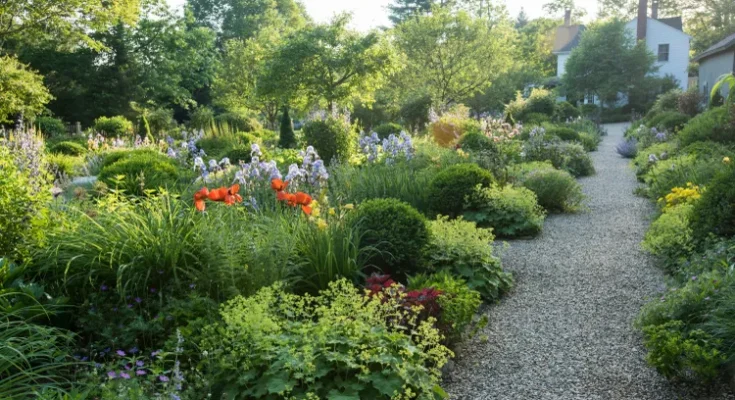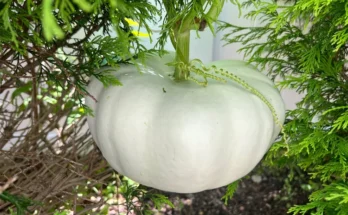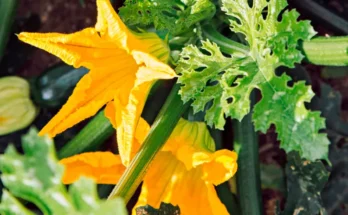Maximize the benefits of gravel in your landscape by steering clear of these potential pitfalls.
From its affordable price to its ability to add subtle color and texture to a landscape, using gravel in your garden offers several appealing benefits. It even has a pleasant sound when you walk on it. However, gravel can become a maintenance headache in some cases. Avoid these common mistakes when adding gravel in your garden or landscaping for better-looking and longer-lasting results.
1. Using the Wrong Type
There are two primary types of loose stone: smooth and rough. Smooth stones, like pea gravel and river rock, have rounded edges that resist packing. They tend to move more freely, making it awkward to walk or push a wheelbarrow over them. Smooth stones are better used for aesthetic purposes, such as a dry stream bed, border edging, or fast-draining mulch for cacti and succulents.
Rough stones, including crushed stone, decomposed granite, and quartz, are a better option for paths, patios, and landings. These types of gravel are fractured to a uniform size and pack firmly, making it easier to walk on and navigate.
2. Picking the Wrong Color
Gravel comes in a number of hues, from beige to rust red to bluestone. While gravel colors are often muted, when spread over a large area, they can become very prominent, so it’s important to choose an appropriate color. ‘
To choose the right color, tie the gravel in with its surroundings. For example, tan gravel complements an adobe wall, and rust red gravel contrasts with it. However, slate gray or white stone may look out of place.
3. Placing Gravel Near Messy Trees
As good as it looks, gravel does have its drawbacks. One of the major drawbacks is that it’s harder to keep clean than smooth surfaces such as poured concrete or asphalt. Gravel paths and landings may need to be raked periodically, and if they’re situated beneath a particularly messy tree, such as mulberry or poplar, that can be an ongoing task. Additionally, the smaller the debris, the more challenging it may be to manage.
4. Not Containing It
Gravel can migrate rather easily, particularly smooth-edged pea gravel, which can spill into garden beds and over pavement such as patios and driveways. This is unsightly and can cause a safety hazard if the pavement is wet. Always contain gravel paths with edging, whether it’s wood, metal, brick, concrete, or larger rocks, to help keep it in place.
5. Skipping Underlayment
Landscape fabric can help keep weeds from growing from the ground below. It’s particularly useful if the gravel is near trees that spread through root suckers (think honey locust or Kentucky coffee tree). To avoid puddling, use permeable landscape fabric rather than impermeable plastic sheeting.
6. Not Prepping Path or Patio Areas Correctly
In areas that receive regular foot traffic, simply spreading a load of gravel over dirt will invariably lead to problems down the road. When using gravel for a path or patio, start with a compacted base of 4 to 6 inches of crushed rock or aggregate. Then, spread 2 to 3 inches of gravel, making sure it’s evenly raked and tamped down manually or with a drum roller. This will create stability and keep the gravel from sinking and causing potential safety hazards.
7. Ignoring Maintenance
Although it’s relatively low maintenance, gravel does need occasional attention. You may need to smooth it out from time to time with a garden rake to avoid high and low spots. Also, weeds may try to seed themselves between the stones, particularly as soil particles accumulate and offer a better opportunity to grow. But, the good news is they’re usually easy to pull out by hand if you get them early.



